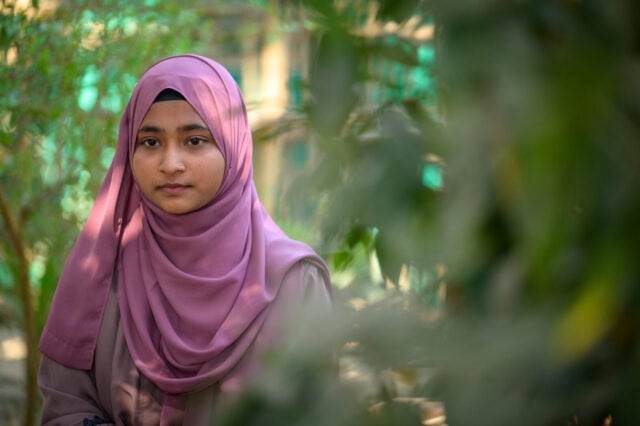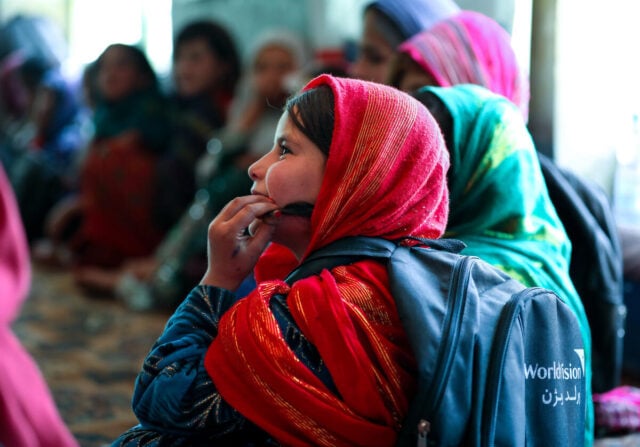Children deserve to grow up in safety and love. But in some parts of the world, danger shadows every moment of childhood. These are not just risky places for travelers — they’re home to millions of children who wake up each day surrounded by war, hunger, and instability.
Below, we highlight 10 of the most dangerous places for children today, along with their stories of courage and resilience. Throughout our 75 years of work, we’ve seen one truth in the hardest places to be a child: danger is constant — but so is hope.
The top 10 most dangerous places
Click a country name to go directly to its section. In alphabetical order:
- Afghanistan
- Central African Republic
- Colombia
- Democratic Republic of the Congo
- Gaza and the West Bank
- Haiti
- Myanmar
- Sudan
- Syria
- Yemen
Frequently asked questions
- What is the most dangerous country for children in 2025?
- Why are these countries dangerous for children?
- How does World Vision help children in conflict zones?
- How can I help children living in the world’s most dangerous places?
Afghanistan
Children and families in Afghanistan face daily life marked by hunger and hidden dangers. These challenges include:
- Political instability
- Limited access to healthcare, education, and employment
- Severe restrictions on women’s rights
- Malnutrition and widespread drought
- Unexploded weapons ordnance threatening lives
“We had no idea that land was dangerous. These are lands our families have farmed for generations. Our children played there all the time. No one warned us,” said Sharafuddin, whose sons, 12-year-old Salahuddin and 10-year-old Najmuddin, were killed by a mine while playing on their family farm in May 2025.

“I had so many hopes for them. In one moment, everything collapsed,” says Sharafuddin.
Afghanistan is one of the most heavily mine-contaminated countries in the world.
“The risk is real. Our teams have unknowingly driven over UXOs [Unexploded Explosive Ordnance] before, thankfully, without incident. But with no comprehensive maps or warning systems in place, the threat is everywhere,” said Hayatullah Tayeeq, World Vision’s zonal manager in Badghis, Afghanistan. “It hasn’t stopped us from delivering aid, but it adds an invisible layer of danger to every field visit.”
Central African Republic (CAR)
The Central African Republic has faced decades of violent uprisings and broken peace deals. Since 2013, ongoing conflict and instability have displaced millions of people. The ongoing challenges include:
- Protracted conflict has led to widespread violence, insecurity, and displacement.
- Approximately 79% of the population lives in extreme poverty.
- Grave violations against children are among the highest in the world, including:
- Recruitment and use by armed groups
- Abduction
- Sexual violence
- One of the world’s highest child mortality rates due to preventable diseases, hunger, and lack of healthcare.
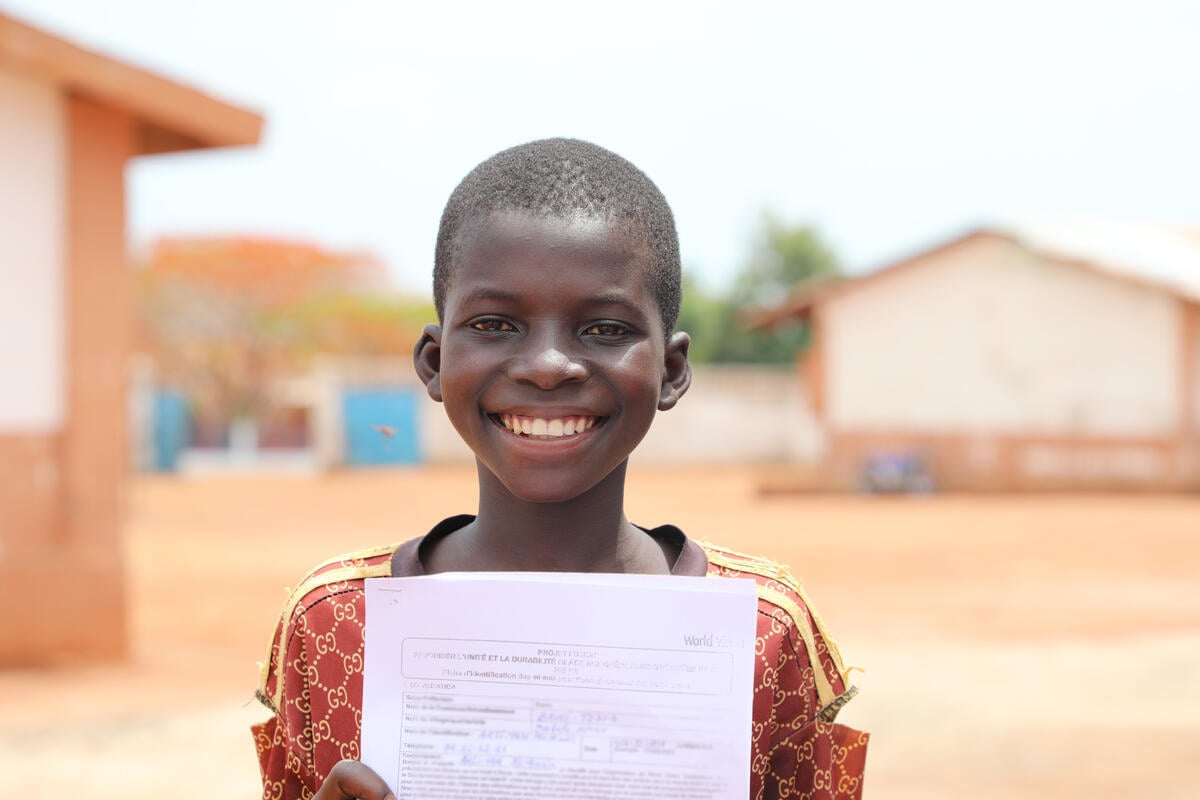
Children like Richard (pictured above) in the CAR face staggering challenges, including one of the highest child mortality rates in the world. In displacement camps, their most urgent needs are food, water, and shelter. But as settlements become more established, recovery begins — and so does education, often under tarps or in makeshift classrooms.
That’s when a birth certificate becomes crucial.
“I’m happy to receive the birth certificate because it helps me to be recognized. To be someone,” said Richard.
Without legal documentation, children cannot take national exams, graduate from school, or obtain an ID or passport. Birth certificates open doors to opportunity — and affirm a child’s identity and future.
“The importance of a birth certificate is that it allows you to take an exam, like the B.E.C., or earn a diploma, or get a passport. It affirms who I am,” he said.
Colombia
As the primary host country for Venezuelan refugees and migrants, Colombia has become one of the most dangerous places for children affected by the regional migration crisis. Instead of finding safety there, many face new dangers:
- Recruitment by armed groups
- Gender-based violence and sexual exploitation
- Trafficking and family separation
- Lack of access to education, healthcare, and shelter
- Psychological trauma from violence and displacement
Armed conflict, violence, displacement, and humanitarian gaps have created multiple layers of risk, particularly in border and conflict-affected regions like Catatumbo.
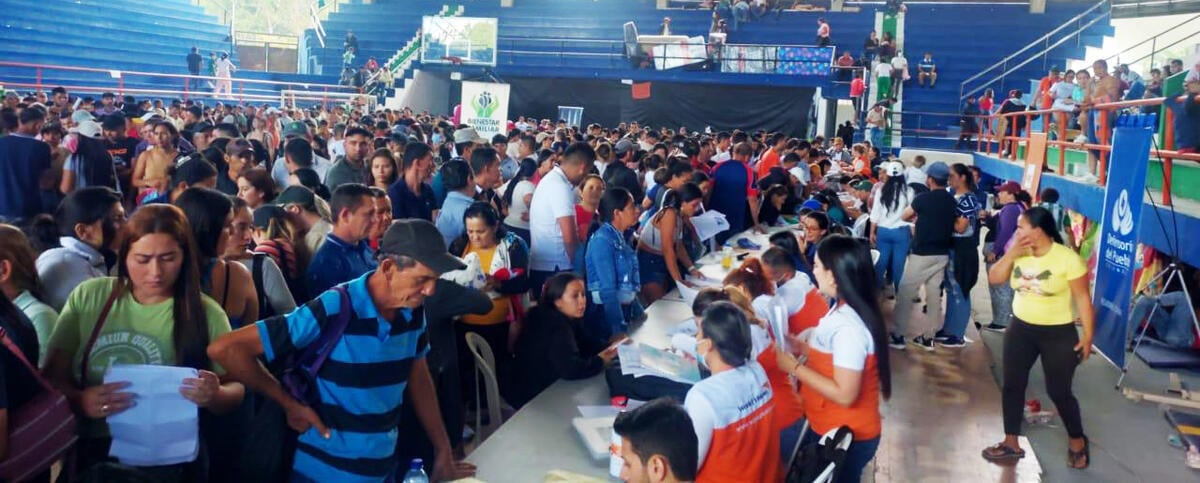
More than 2.8 million Venezuelans, including 800,000 children, are living in Colombia. Children describe life in Colombia’s conflict zones as terrifying. Aime, a 14-year-old from Venezuela, told UNICEF, “We can’t leave our houses after 9 p.m. We can’t even go to the store because of the fear that they’ll take us away or they will recruit us. Young people are taken, without understanding what they are going to do to them. They are taken by force.”
“Entire families, including children and adolescents, have been forced to leave their homes in search of refuge in other parts of the country and at the border with Venezuela,” said Peter Gape, national director for World Vision in Colombia and Venezuela. “We ask for your prayers for those suffering from this crisis, for our team working tirelessly to provide humanitarian aid, and for a prompt resolution that brings peace and hope to the affected communities.”
Democratic Republic of the Congo (DRC)
In the eastern DRC, spikes in violence are a continual threat, especially against children. The United Nations reports that children are being recruited and armed, which is a grave violation of international law. In South Kivu, thousands have been displaced, and millions of children face increased risks of exploitation, trauma, hunger, and disease outbreaks. The ongoing challenges include:
- Over 15 million children live in instability.
- A deadly cholera epidemic has spread across six provinces, with more than 18,000 cases and 364 deaths reported since January 2025.
- Flooding and unsafe water increase the threat of illness
- In mining provinces like Lualaba and Haut-Katanga, child labor is widespread. Tens of thousands of children work in cobalt and copper extraction.
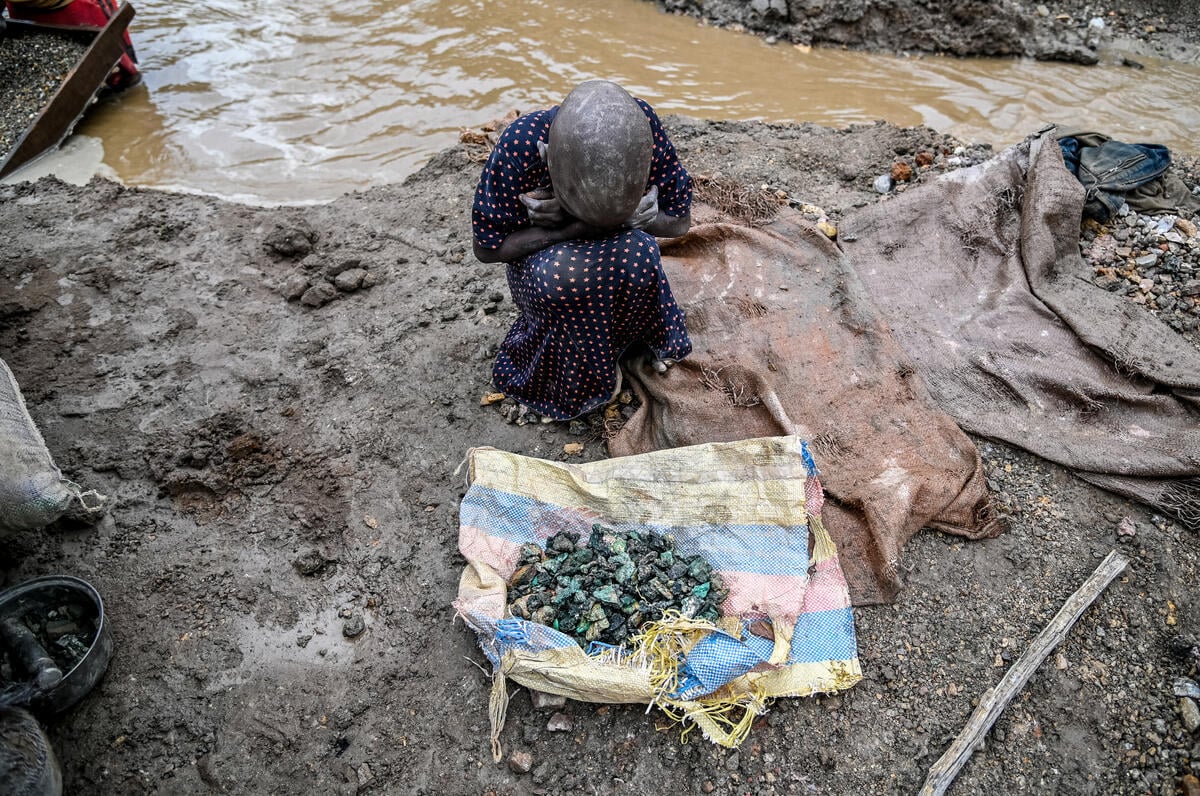
In towns like Kakanda, children as young as 6 work to support their families by selling food on the streets, carrying water, or caring for younger siblings. Children like the young girl shown above dig through toxic rubble with their bare hands, hoping to earn enough for a meal. Without safety gear, they risk injury, illness, or even death. Eleven-year-old Chantal* (not pictured) began working in the mines at age 9 after her father died. “I haven’t been to school in three months,” says Chantal*, who cooks and cleans for her family instead of attending class. “Sometimes I was so tired I’d fall asleep on the ground, right among the rocks,” she says.
Though Congolese law prohibits underage labor in mining, extreme poverty forces many families to rely on income from their children. Most earn less than $2 a day.
*Names changed to protect identity
Gaza and the West Bank
Children in Gaza face unparalleled hardships, with no safe place to seek refuge amid a catastrophic humanitarian crisis. Movement restrictions and displacements are causing a spiraling economic crisis in Gaza and the West Bank, as families are unable to harvest crops and have depleted their savings. Many people in the West Bank are experiencing acute food insecurity, with nearly half a million facing severe hunger. Since January 2025, an escalation of armed violence has devastated cities across the northern West Bank, displacing over 40,000 people, destroying homes, and forcing dozens of schools to close. The ongoing challenges include:
- Death and injury from armed conflict, famine conditions, severe malnutrition, and starvation.
- Access to food, clean water, and medical care is severely limited.
- Trauma and protection risks rise for children, especially those separated from their families.
World Vision currently operates in the West Bank and broader Middle East region, providing emergency humanitarian aid and support.

Suha, a 30-year-old mother from the Tulkarem Refugee Camp in the northern West Bank, never imagined she would be uprooted from her home with nothing but a few clothes for her daughter.
“We had a routine, a home, and hope,” she says. But when her family was ordered to leave, they had minutes to pack. Later, when Suha and her husband returned to retrieve their belongings, they were shot at. “We had to run for our lives. We left everything behind in the street.”
Suha, her husband, and daughter first found shelter in an overcrowded family home before moving in with her parents. Her husband is now unemployed, and the family relies entirely on humanitarian aid.
“It breaks our hearts,” Suha says. “We feel ashamed to ask for help, but we have no other choice.”
Suha has not yet been able to re-enroll her daughter in kindergarten due to financial hardship. The family’s future remains uncertain.
Haiti
Horrific violence, political collapse, and natural disasters, including Hurricane Melissa in late October 2025, have pushed Haiti into a free fall. Armed groups control large parts of the capital, cutting families off from food and medical care. The major challenges include:
- Over 5 million people need humanitarian assistance.
- Over 1 million people face emergency levels of food insecurity.
- Gang violence, kidnappings, and sexual violence are widespread.
- Earthquakes and extreme storms further destabilize vulnerable communities.
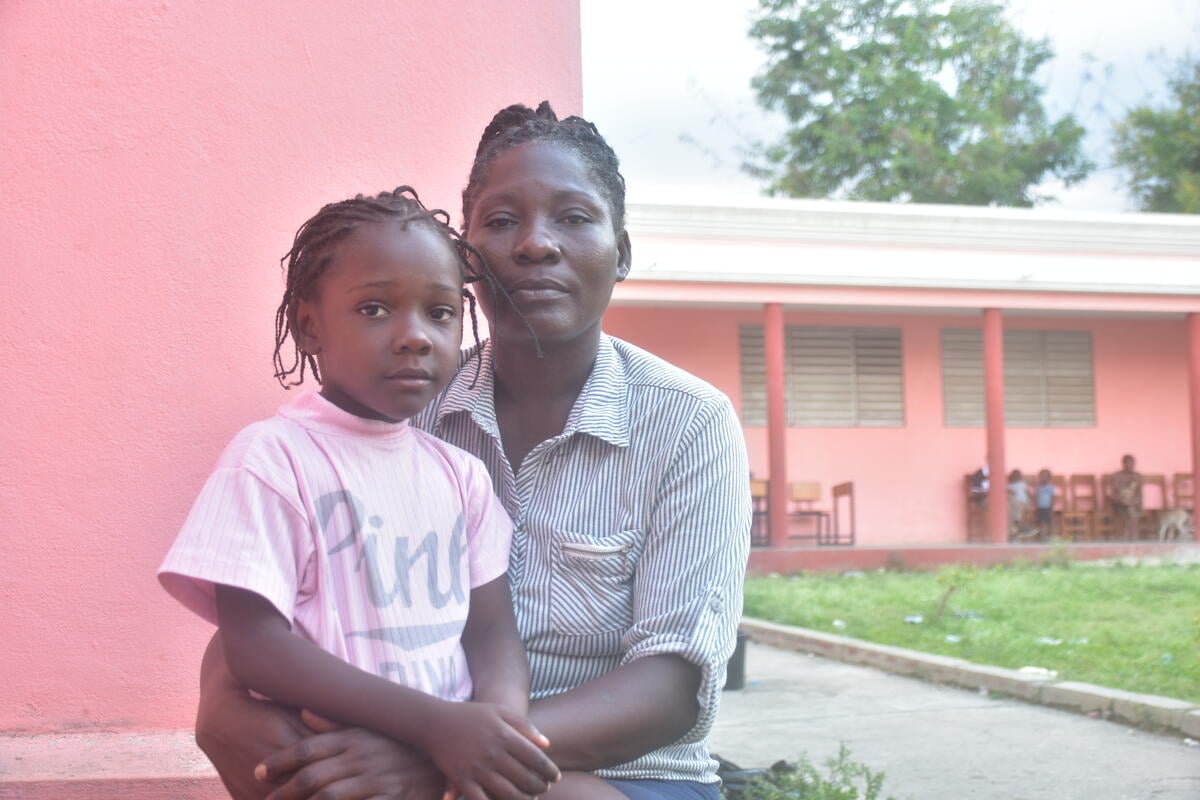
Wista, a small business owner, fled with her 5-year-old daughter, Judenie (both pictured above), after gangs threatened to overrun their community. “I had no choice but to leave everything behind,” Wista said. Their journey to safety involved crossing rivers, accidents, and days on foot.
“The little girl walked and walked for miles, but she found the strength in God to continue. I was in pain. We crossed rivers on a small canoe,” Wista said. They traveled on motorcycles that crashed into rocks. “I wanted to lie down in the bushes and sleep forever. But I kept thinking of my daughter and the need to protect her.”
At a shelter, Wista was too weak to eat or drink. Judenie, missing her school and friends, said quietly, “I was scared and tired. But Mama said we have to move.” “
Though they escaped the violence, the trauma remains. Wista reflected, “All I wanted was to protect my daughter and survive. But I never imagined how hard the road would be.”
Myanmar
Children in Myanmar are experiencing a deepening humanitarian crisis marked by displacement, violence, and hunger. The situation has been exacerbated by a magnitude 7.7 earthquake on March 28, 2025, near Mandalay and Sagaing, causing widespread destruction. The major challenges include:
- Thousands of homes, schools, hospitals, roads, and bridges have been damaged or destroyed, cutting off access to essential services.
-
Food insecurity, already high, has worsened as the quake further restricted access to food and clean water.
- Natural disasters, including flooding and cyclones, continue to challenge communities, compounding risks during crises.
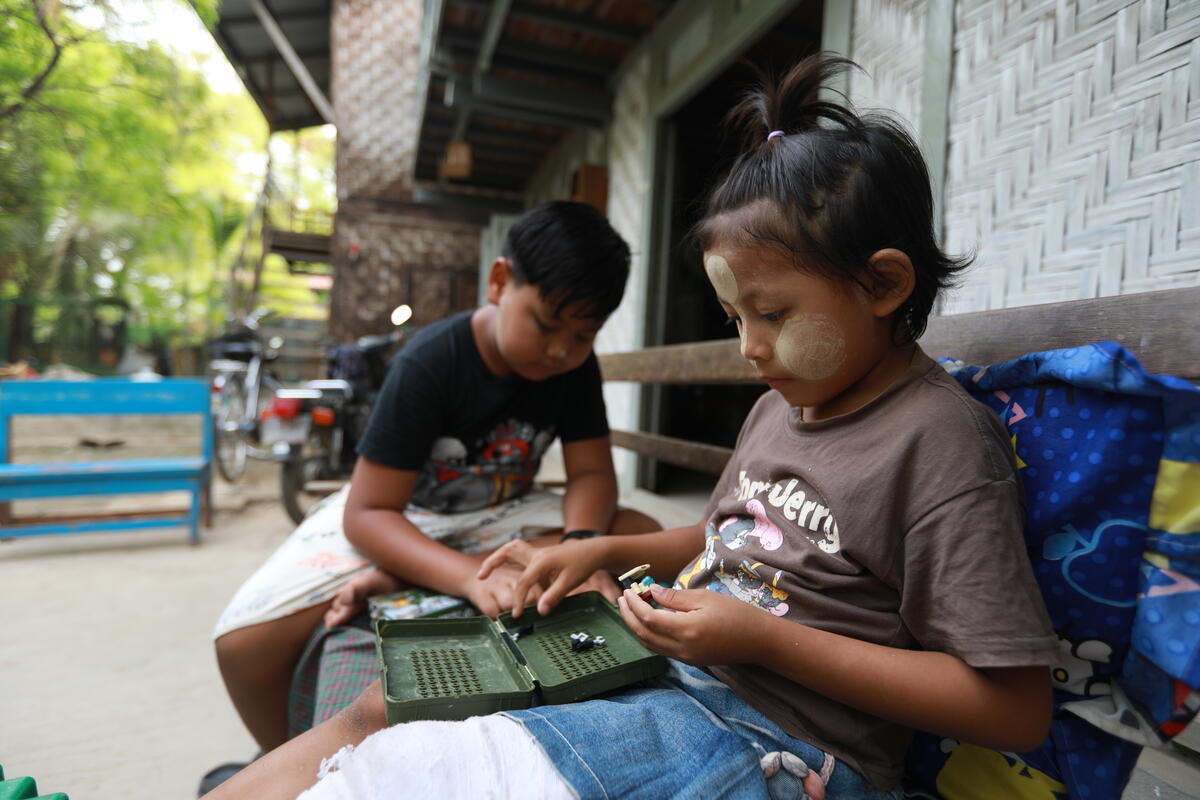
Children like Alinka had their lives turned upside down in seconds.
“I was playing when the earthquake hit,” says Alinka from one of the hardest-hit areas near Mandalay. The walls shook violently, and as she clung to a door, it collapsed on her. Alinka broke her leg and needed surgery to recover.
About 50 homes in their village were destroyed, along with the school, the local monastery, and the community water supply. Families have slept outside, fearful of aftershocks.
The disaster has also disrupted livelihoods. Alinka’s family, who sell goods in the market, are struggling with rising prices and damaged roads.
“With monsoon season around the corner, the threat of diseases like diarrhea and dengue is growing fast. Children’s lives are still at risk. We need your help now more than ever to ensure the most vulnerable children are not forgotten,” said Dr. Kyi Minn, World Vision’s national director in Myanmar.
Sudan
Conflict has engulfed Sudan since April 2023, forcing millions from their homes and plunging the country into a deepening humanitarian crisis. The challenges include:
- An estimated 14.6 million people fled their communities — the world’s largest displacement crisis
- Widespread violence, including sexual violence against women and girls
- Acute hunger affecting over 17 million people
- Deadly cholera outbreak spreading across 17 of 18 states
Conflict has forced families to flee with little more than the clothes on their backs. In Port Sudan, World Vision supports displaced communities with essentials like access to clean water, shelter kits, psychosocial support, and more. But insecurity continues to limit humanitarian access, even as a deadly cholera outbreak spreads, endangering already vulnerable children and families.
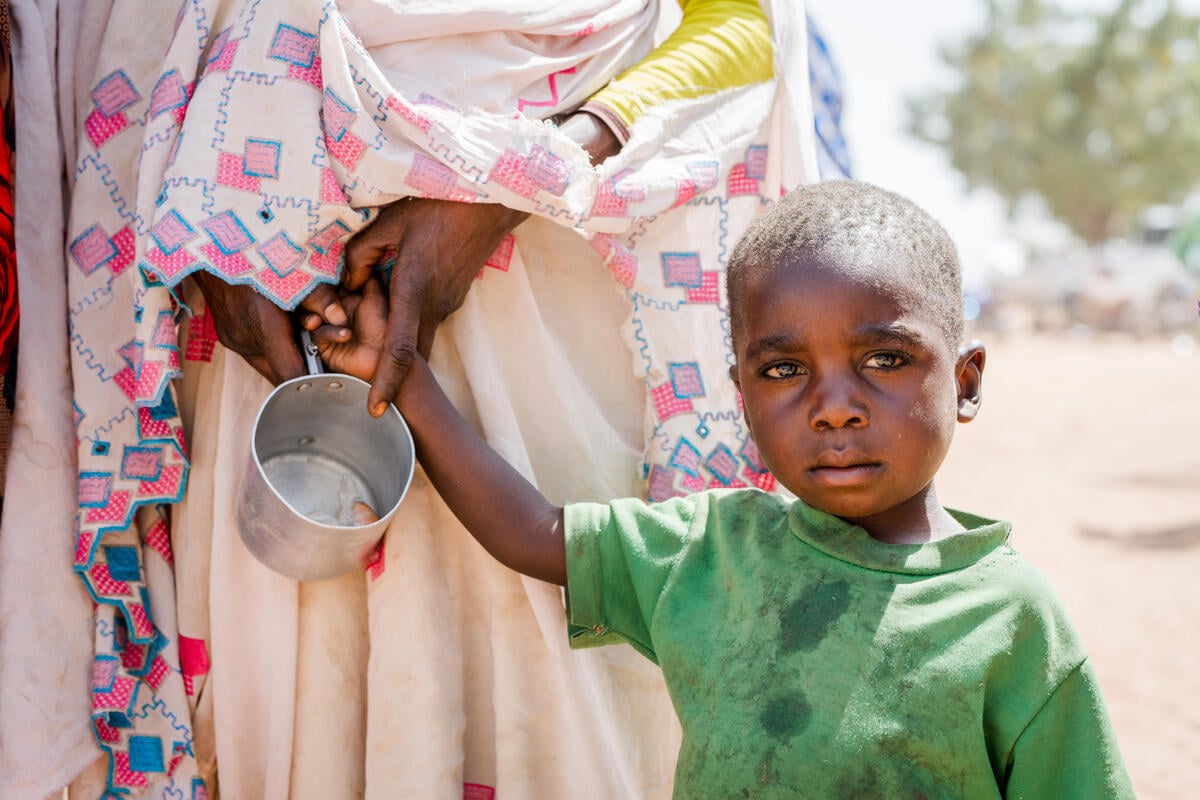
Sinein and his mother, Assanea, are the only survivors of their family after fleeing conflict in Sudan.
“I lost my children and my husband, who was my backbone. …” Assanea said. After seeking safety in Chad, they face the heartbreak of starting over. “If I found a secure place to stay, that is enough for me. I can’t go home — there’s no one and nothing there for me.”
Syria
Syria remains one of the most dangerous places in the world to be a child — not only because of violence, but because of the invisible, long-lasting wounds of displacement and trauma. The challenges include:
- More than 14 years of war and widespread displacement.
- Devastating earthquakes in 2023 destroyed homes, schools, and healthcare centers.
- Return of refugees to a conflict-ridden country.
- Malnutrition and water scarcity.
- Protection threats: exploitation, abuse, and loss of education.
In early 2023, a 7.8 magnitude earthquake struck both Syria and Turkey (officially the Republic of Türkiye), affecting nearly 9 million people who had already been impacted by war and displacement. In southern Türkiye, near the Syrian border, thousands of Syrian refugees, many fleeing conflict for over a decade, lived through destruction once more.
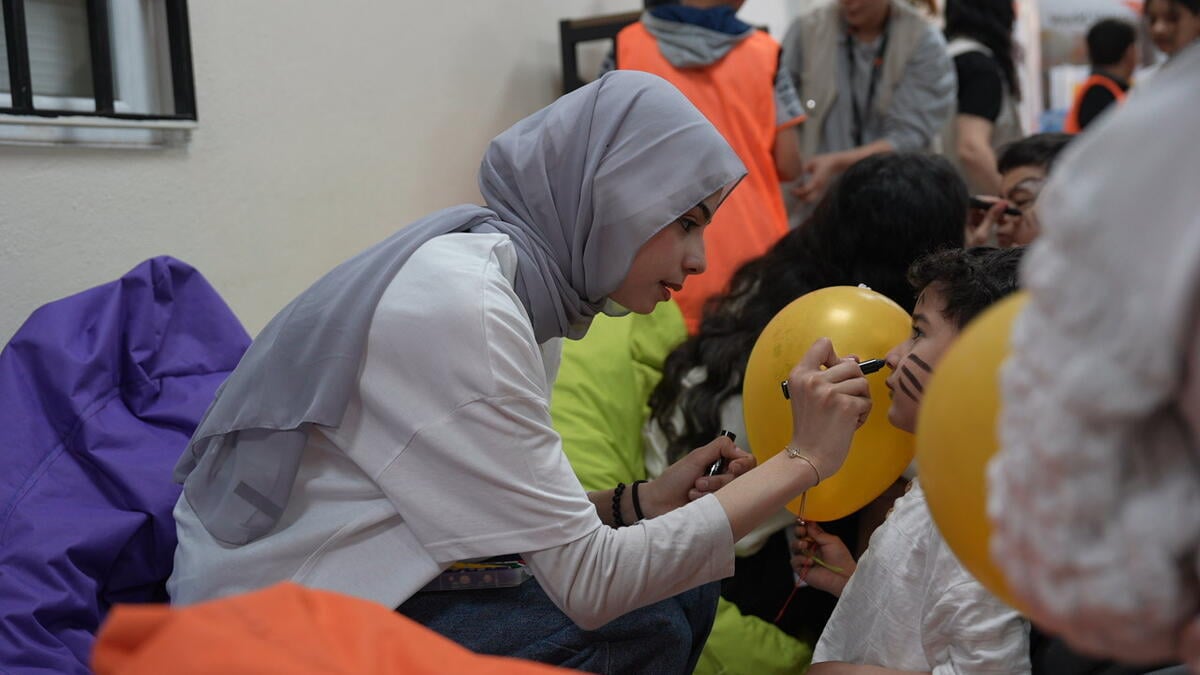
Sara (pictured above) is among those affected by displacement. The Syrian teen has lived in Şanlıurfa, Turkey, for 13 years and has experienced many struggles of displacement. She recalled one fire that swept through her last displacement camp. “I still remember how it roared through container by container.… That day was so hard.”
Through initiatives like the LIFT Project, World Vision is helping young survivors like Sara rebuild their inner worlds and rediscover joy, connection, and hope.
Sara stepped into the role of a facilitator on April 23, 2025, painting children’s faces and spreading smiles. “I want to go back to school next year and become a doctor — a child doctor — to help kids like me everywhere,” she said.
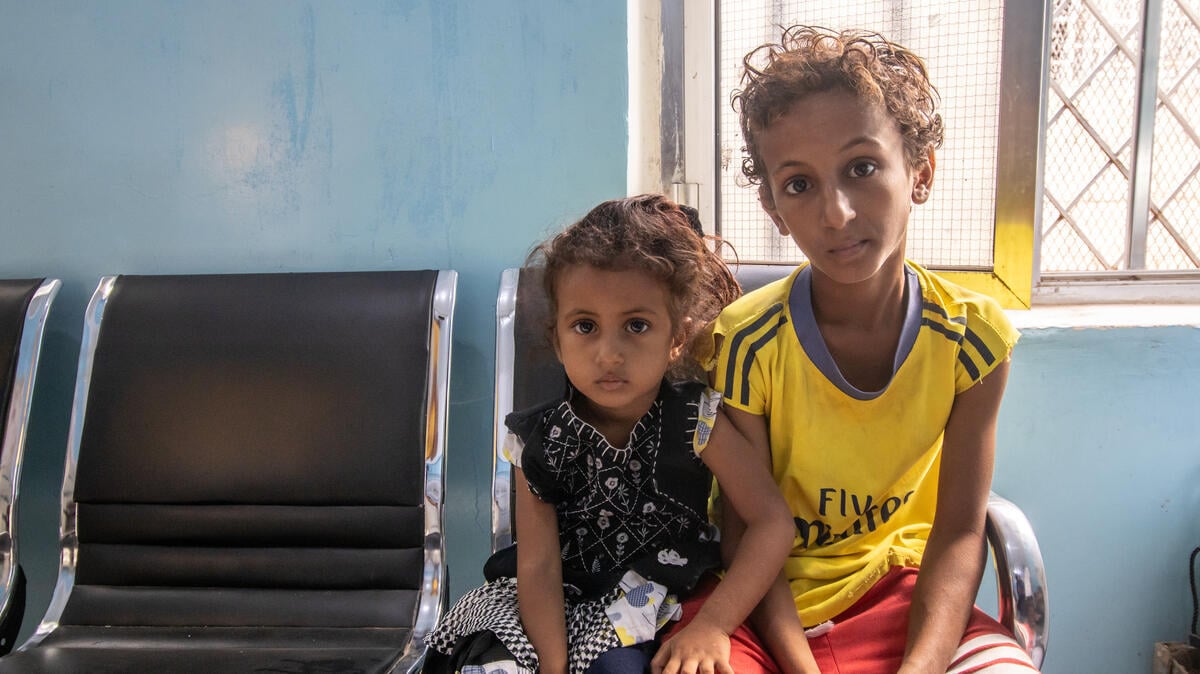
Yemen
Nearly a decade of conflict. Yemen’s children face one of the world’s worst humanitarian crises, marked by hunger, disease, and collapsing health systems. The challenges include:
- Ongoing airstrikes and conflict continue to endanger lives.
- Four out of 5 children need humanitarian assistance.
- 3.2 million children are out of school and at risk of exploitation.
- Millions of people lack access to safe water and sanitation.
Hamdi, a nurse at a World Vision–supported clinic in Al Milah District, Lahj Governorate, says poverty is the No. 1 enemy. Many families must skip meals, and a lack of nutrition knowledge also contributes to child malnutrition, Hamdi said.
Since World Vision and partner organization Medair began their outreach, community health has improved. Parents are learning to spot and treat malnutrition early, helping turn despair into hope.
Hadi, the clinic manager, added: “With the support of World Vision and Medair, the clinic became a vital hub for food and medical assistance.”
Frequently asked questions
What is the most dangerous country for children in 2025?
While all 10 countries listed face extreme threats, Gaza, Sudan, and Yemen are experiencing some of the worst humanitarian conditions, including severe hunger, displacement, and the collapse of essential services.
Why are these countries dangerous for children?
These countries are marked by armed conflict, forced displacement, hunger, disease outbreaks, and limited access to education and protection. Children are at risk of recruitment by armed groups, trafficking, malnutrition, and even death.
How does World Vision help children in conflict zones?
World Vision works in many of the world’s most fragile countries to provide lifesaving assistance, including access to clean water, nutritious food, healthcare, psychosocial support, and child protection programs.
How can I help children living in the world’s most dangerous places?
You can support children in crisis by:
- Giving: Your gift can deliver hope and practical help to children and families when disasters and conflict strike in the most dangerous places.
- Sponsoring a child: Help equip a child, their family, and community for a brighter future. Sponsorship helps meet urgent needs today — and supports lasting empowerment through physical and spiritual resources.
*The following list was compiled using the latest data from humanitarian agencies and global monitoring organizations, including the United Nations Office for the Coordination of Humanitarian Affairs (OCHA), the United Nations Refugee Agency (UNHCR), the United Nations Children’s Fund (UNICEF), and the World Food Programme (WFP). World Vision’s program insights and response updates from 2023 to 2025 also informed the selection. Countries were chosen based on the severity of threats facing children, including conflict, displacement, hunger, disease outbreaks, and barriers to education and protection. While this list highlights urgent but less-publicized crises, World Vision’s disaster relief efforts in major emergencies — including the Middle East crisis, war in Ukraine, and the Venezuela crisis — continue unabated.

